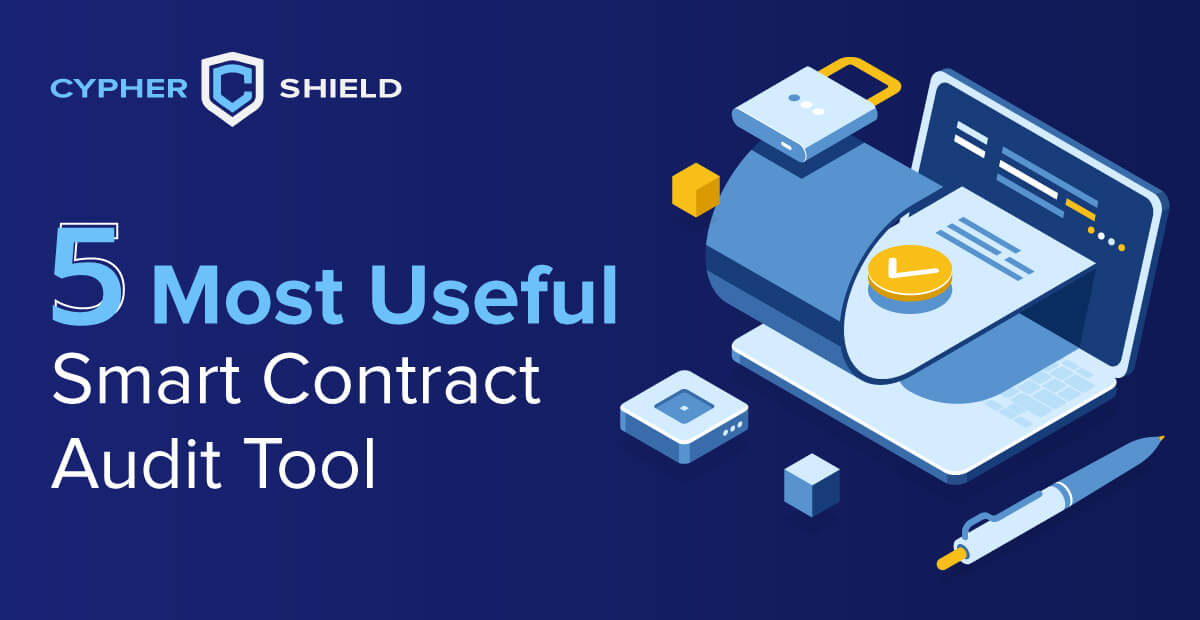The security of a blockchain project is one of the most important factors in determining its success. A smart contract audit is a crucial step in ensuring a project’s security. An accurate and detailed examination of smart contract sets in an application aids in the detection and elimination of vulnerabilities. The audit also examines the dependability of the contract’s interactions.
The auditing process for smart contracts is very similar to any kind of code testing. The steps involve testing of smart contract state changes, event testing, error testing, and message sender inspection.
What to think about when choosing the appropriate tools?
However, smart contracts are simply too large and dynamic to manually explore and monitor. You’ll need tools to thoroughly review the code while also preventing any kind of data breach. Even after a project is launched, you may require a system to continuously monitor transactions and immediately notify participants if anything suspicious is discovered.
An ecosystem that makes it simple to work with the smart contract throughout its entire life cycle is a fundamental requirement for an audit tool. It enables you to create custom contracts or computer code developed according to your specific requirements. Contracts can be audited and implemented efficiently in a live environment. Once a smart contract is in place, it must be monitored to ensure its security. The tool continuously monitors a specified set of contracts and creates custom alerts if the established parameters are violated.
Let’s take a look at five advanced wearable smart contract auditing tools:
1. Truffle
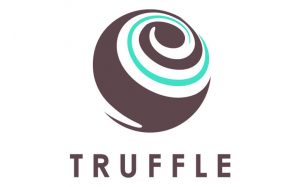
Truffle is a popular blockchain application development framework that serves as a reliable development environment, testing framework, and asset pipeline for blockchains. The framework can be used by developers who want to build on Ethereum, Hyperledger, Quorum, or any other supported platform. Truffle provides the functionality required to function as an end-to-end dApp development platform.
Truffle is primarily a Node.js platform for compiling, linking, and deploying smart contracts. It provides developers with scriptable deployment, custom deployment support, access to external packages, binary management, and many more .Along with built-in smart contract compilation, linking, deployment, and binary management, it can be used for
- Framework for deployment and migrations that is scriptable and extensible.
- Automated contact testing.
- Network management.
- EthPM and NPM package management using the ERC190 standard.
- Direct contract communication using an interactive console.
- Build pipeline configuration supported by integration.
Truffle allows developers to easily deploy smart contracts and communicate with their underlying state without getting into a lot of programming. The framework includes a useful library for smart contract auditing and iteration.
2. MythX
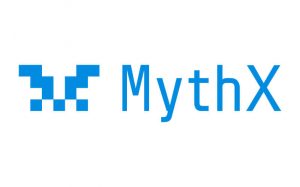
MythX is a powerful cloud-based service that detects solidity vulnerabilities in Ethereum contract code. To identify common security flaws, the service employs input fuzzing and symbolic analysis. To use the service, the client must have an API key.
MythX provides a comprehensive set of analysis services, including static analysis, dynamic analysis, and symbolic execution. Depending on the level of subscription, the service provides quick scan, standard scan, and deep scan options. The Truffle MythX plugin can be used to analyze smart contracts in the Truffle framework.
3. Securify
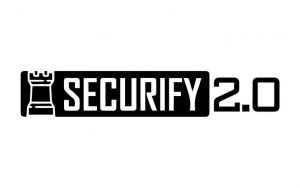
Securify is a web-based smart code scanner that allows you to copy and paste code. When you click “scan now,” the tool will report any issues with warnings.
The audit tool detects problems directly in the vulnerable line of code. Further elaboration and examples are provided if you click the “info” button. It will show issues like “Transaction Order Affects Ether Amount,” “Unrestricted Write to Storage,” “Missing Input Validation,” “Unrestricted Ether Flow,” “Unsafe Call to an Untrusted Contract,” and so on. However, the web tool cannot be used offline.
4. Mythril
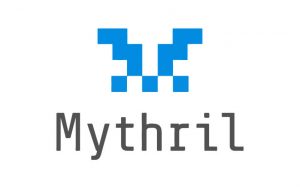
To detect an array of security vulnerabilities in smart contracts auditing tools, taint analysis, concolic analysis, and control flow checking are used. It is an EVM bytecode security analysis tool designed to find flaws in smart contracts written for Ethereum, Quorum, Hedera, Vechain, Roostock, Tron, and other EVM-compatible blockchains. Mythril is used in the MythX security analysis platform, along with other tools and techniques.
5. Rattle

An EVM binary static analysis framework saves up to 60% of the recovered bytecode instructions, shortens things, and explores vulnerabilities.
It obtains the byte strings and performs a flow-sensitive analysis to recover the original control flow graph. It converts the control flow graph to an SSA/infinite register form and improves it by removing DUPs, SWAPs, PUSHs, and POPs. This simplifies the stack machine into a simpler interface, making it easier for human readers of smart contracts audit.
Wrapping Up
Using auditing tools to find vulnerabilities early on is a very good practice for removing common vulnerabilities. However, relying on their results is a large mistake.
Auditing a smart contract requires both automated and manual code review. Most existing market tools are designed to detect pattern-based vulnerabilities and may miss many other types of vulnerabilities, particularly those related to business logic. As a result, performing a manual security check on your smart contract once everything is working properly is necessary to prevent future hacks.

